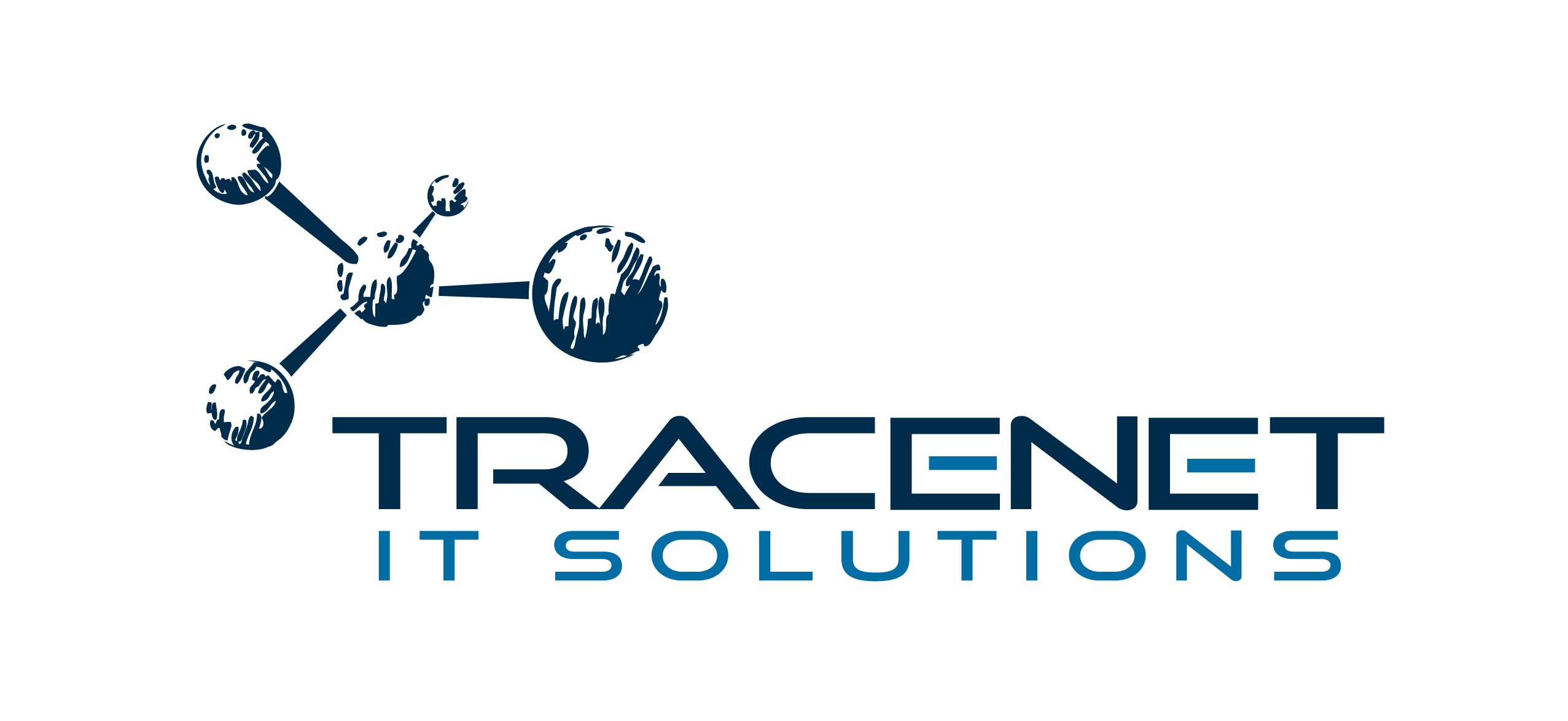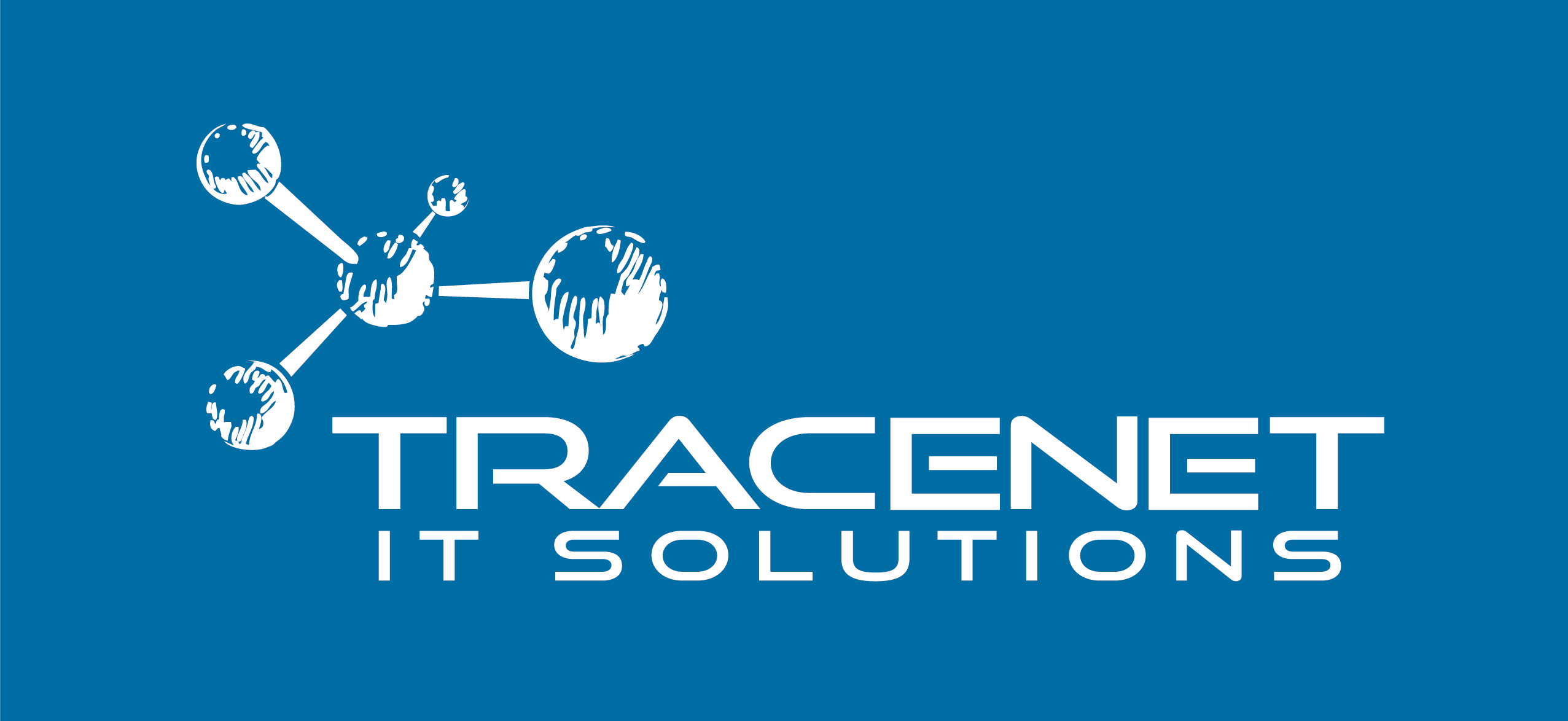Encryption is essential for protecting sensitive information, whether it is at rest (e.g., a file on a hard disk), in transit (e.g., electronic communication between two or more parties) or in use (data computation).
In this way, coded algorithms, hashes and signatures are used so that only authorized users have access to this information, in addition to guaranteeing data integrity and user identity, as well as maintaining the history of changes made.
There are different types of encryption, the main one being advanced encryption. Let’s explore this universe in today’s content. Find out what AES encryption is and its main features and advantages!
What is AES encryption?
In a company, the most precious asset is undoubtedly the data. It’s from there that everything happens, because it’s all about relevant information about the business and its customers. That’s why finding solutions that can protect this information is so important in today’s world, where hundreds of attempted cyberattacks occur every second.
AES encryption, or rather the advanced encryption standard, is therefore a widely used resource for protecting data using encryption algorithms. It is a standard that was created to replace DES, officially “retired” since 2005 and 3DES officially decommissioned from American institutions since 2018.
It was only in 2001, after various studies and tests, that the National Institute of Standards and Technology (NIST) declared AES to be the new reliable encryption standard.
In practice, this is a symmetric key algorithm, which means that this method encrypts and decrypts data using the same key. Only people with this key can access the data, unlike the famous RSA (Rivest-Shamir-Adleman), which has a public key and a private key.
Main characteristics of advanced encryption
According to NIST, “The Advanced Encryption Standard (AES) specifies a FIPS-approved cryptographic algorithm that can be used to protect electronic data.
Encryption converts data into an unintelligible form called ciphertext; decrypting the ciphertext converts the data back into its original form, called plaintext.”
It is important to note that AES encryption uses 128-, 192- or 256-bit keys, encrypting (encoding) and decrypting (deciphering) the data in 128-bit blocks. In addition, AES encryption uses a series of substitution and permutation operations to increase security.
These operations include byte substitution, line permutation and column mixing, making the ciphertext highly resistant to attack. AES-256 (with 256 bits) has proven to be resistant even against brute force attacks.
As for its implementation, AES can be implemented on a SmartCard and use little code and memory, since encryption does not employ arithmetic operations, thus requiring little processing power.
In addition, some functions can be performed in parallel, i.e., it is possible to perform byte substitution with the S-box, without the need for sequentially. It is also possible to expand the key while executing functions such as ByteSub() or ShiftRow(). This makes the process much faster and more practical.
According to the Federal University of Rio de Janeiro, AES encryption projects are usually simple for the following reasons: “previously processed elements are not used. For example, the 9th round doesn’t need any elements from previous rounds other than the State of the 8th round. The algorithm does not base its security or part of it on obscure and poorly understood interactions between arithmetic operations, thus allowing no room to hide a trap-door.”
Finally, there is the possibility of specifying variants in the length of the block and the key, which varies every 32 bits. Furthermore, although the number of rounds is fixed in the specification, it can be modified if there are security problems.
Check out other important features of this encryption standard:
Resistance to cryptanalysis: it is designed to be resistant to various forms of attack, including brute force, differential and linear attacks, ensuring that even sophisticated attacks are not easily successful.
Application versatility: it is widely used in a variety of applications, including secure communication, data storage, VPNs, and security protocols such as SSL/TLS.
Software and hardware efficiency: enables efficient implementations on a variety of platforms, from mobile devices to high-performance servers.
Modes of operation: can be used in different modes of operation (such as CBC, GCM, and CTR) which determine how the ciphertext blocks are processed and combined, increasing their flexibility and security.
What are the advantages of AES encryption?
A project with advanced encryption can bring many advantages to the protection of your company’s data. We know that encrypting and decrypting a block can take forever, but the AES standard is known for being much faster than other algorithms.
In addition, the algorithm is widely recognized as a secure and reliable standard, having undergone extensive analysis and testing by the international cryptographic community, increasing its credibility.
Its flexibility in security levels allows organizations to choose between 128-, 192- and 256-bit keys, ensuring a balance between security and performance according to their specific needs.
Another advantage is AES’s compatibility with data security standards and regulations, such as GDPR and HIPAA, facilitating compliance for companies operating in regulated sectors.
The algorithm also demonstrates resilience in the face of advances in computing power, including potential quantum attacks, since the complexity required to break it remains high.
In terms of performance, AES offers low latency, which is crucial for real-time applications such as secure network communication, video conferencing and online gaming. Its well-defined structure and support by various cryptographic libraries and tools make it relatively easy for developers to implement.
AES supports authentication via modes such as GCM (Galois/Counter Mode), which not only encrypt the data, but also ensure that it is not tampered with during transmission.
Finally, being an open standard, AES allows its operation and implementation to be reviewed and audited, increasing transparency and confidence in its use. All these features make AES a solid choice for data protection in a variety of contexts and industries.



